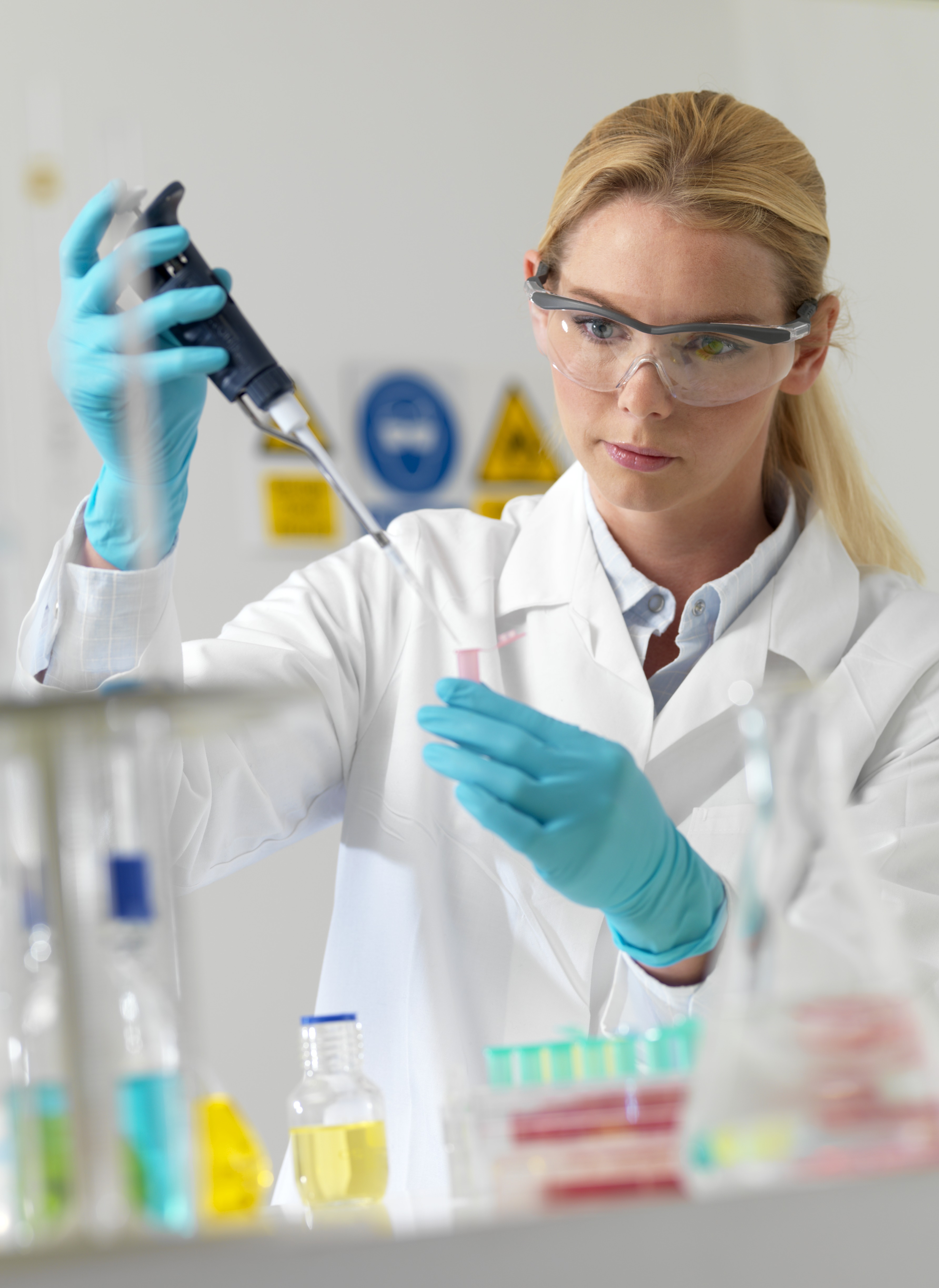Access to safe food is a hot topic in the Asia-Pacific region, with no signs of cooling off. Across the region, but especially in China, which has been hardest hit by serial crises, many presidential candidates, government agencies, high courts and consumers in local markets are concerned about the matter.
After years of high-profile food safety scandals in China, including fake and contaminated baby formula incidents and expired meat being sold to well-known global restaurant chains, the world’s largest country updated its food safety law on October 1, 2015.
The new rules come with stiffer penalties for violations, increased rewards for whistleblowers, and greater supervision of online food sales.
It seems the new law could not come soon enough.
Chinese citizens have grown so accustomed to hearing about food safety scandals (even after the failed 2009 food safety law), that they now generally assume the food produced in their own country is unsafe, and instead opt for organic or imported food.
According to an article in Shanghai Daily, 95% of residents in Shanghai say they are concerned about food safety, especially issues related to spoilage, pesticide residue in produce and the sale of meat from disease-ridden animals.
Regulators eye on safe food practices
While China tends to dominate news in the Asia-Pacific region, food safety is not just a problem there; the issue is gaining traction across the whole region.
For example, the president-elect in Taiwan, Tsai Ing-wen, has said she will allocate 10 times more resources toward food safety than are currently in place.
As in mainland China, Tsai has talked about increasing punishments and rewarding whistleblowers in Taiwan, as well as preventing toxic substances and requiring comprehensive food traceability programs to monitor the entire production chain.
In Vietnam, residents have been complaining to lawmakers that they are not sure if the food being sold at the markets in Ho Chi Minh City (Saigon) is safe and if the vendors are reliable.
In India, the Supreme Court ruled in September 2015 that the Food Safety and Standards Act must stand, dismissing the allegations of the act’s powers being ‘arbitrary’.
In its ruling, the court stated, “We cannot lose sight of the evil which is sought to be remedied by this enactment”.
The court added, “those who are guilty of endangering human life by indulging and dealing with the unsafe food are required to be dealt with iron hands.”
The increased demand for safe food, has even produced unexpected effects that flowed from one country to another and all the way back again.
For example, when the Chinese baby formula scandal peaked, entrepreneurial consumers in Australia started buying up cans of locally produced formula and reselling them online to eager Chinese parents.
The food import trend has caught on, and China’s e-commerce food import sector is now booming.
But products sold online were exempt from local regulations, and this loophole raised concerns about the credibility of all those new Australian exporters.
So in turn, China drafted a law to impose stricter checks at its own ports, to further protect her people from potentially bad products from outside the country.
Adding to all these direct concerns about specific products, China recently announced that couples may now have two children, instead of the one previously allowed.
With more babies expected, health-conscious parents, weary of years of food safety scandals, will be paying even more attention to the quality of what their growing families consume.
Bottom line
It is clear that the demand for safe food has increased dramatically from all sides.
In an effort to shake the monkey off the backs of producers in Asia Pacific, it seems that in China and elsewhere in the region, 2016 is really going to be the year of food safety.
Against a more compulsory backdrop, food manufacturers as well as service providers in the region must be ever mindful of national standards and impeccable in their attention to cleaning facilities, identifying hazards, properly using and divulging specific ingredients and thoroughly testing their foods.
Establishing a sound environmental monitoring and control program has (rightfully) become an especially significant focus for the region’s food processors these days as they seek to improve preventative measures.
Five years ago, it was rare to find an environmental monitoring program.
Now it is a very common request for support.
Just as crucial will be food brands’ strict attention to the ways they package, ship and merchandise products, as well as handle audits, inspections and customer complaints.
The good news for food manufacturers who build up the proper compliance infrastructure is that there may be less regional competition in the long run.
It is likely that the significance and complexity of the changing standards in the region – and the regulations that oversee them – will prove too much for many businesses with limited quality assurance and compliance resources.
For those in the Asia-Pacific market, it could prove to be a form of grocery Darwinism where only the safe survive!
Story by Matthew Turner, Asia Pacific technical manager for 3M Food Safety in Singapore











